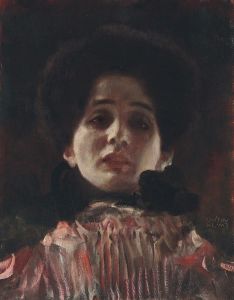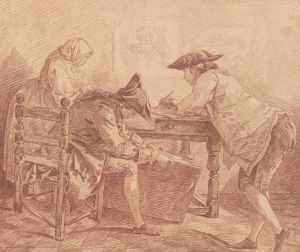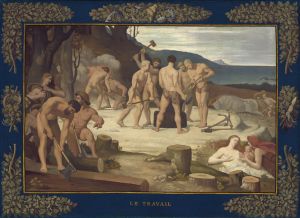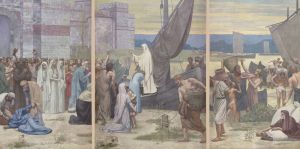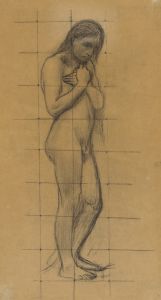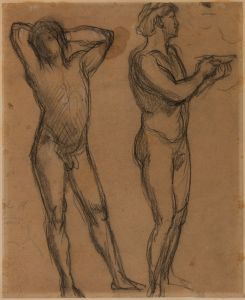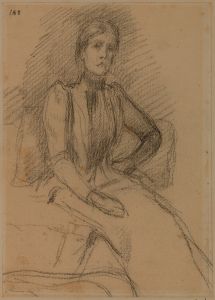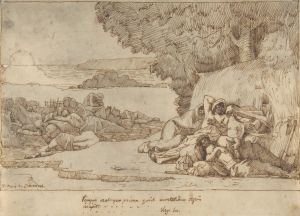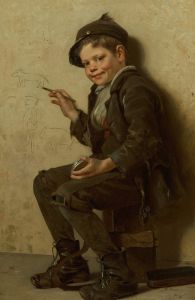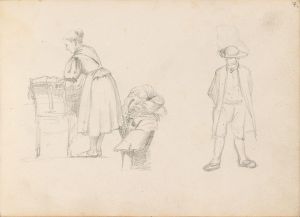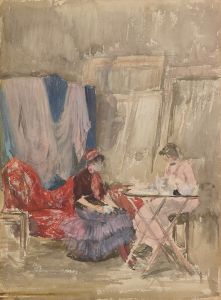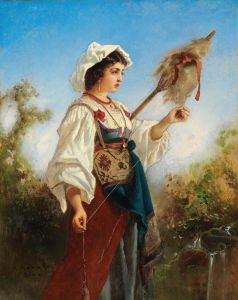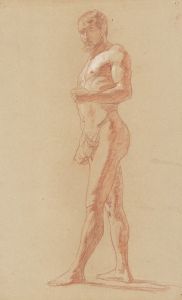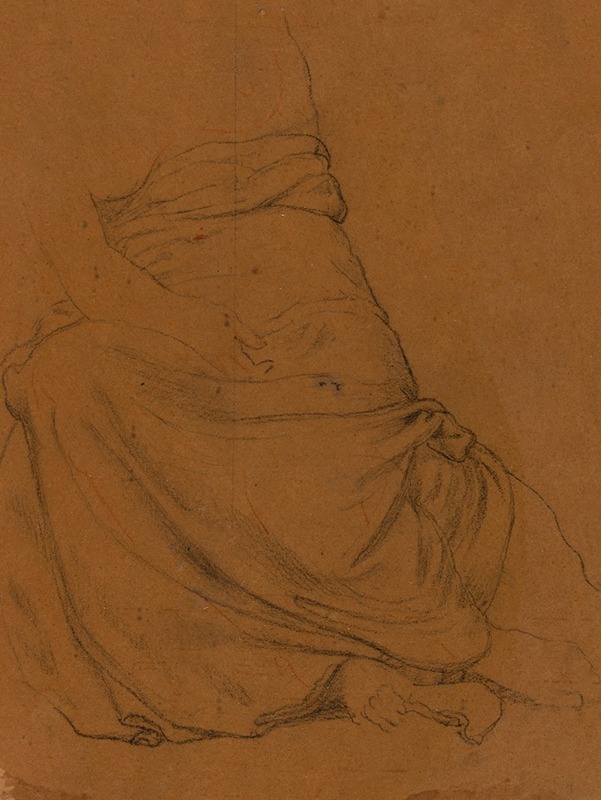
Etude de draperie
A hand-painted replica of Pierre Puvis de Chavannes’s masterpiece Etude de draperie, meticulously crafted by professional artists to capture the true essence of the original. Each piece is created with museum-quality canvas and rare mineral pigments, carefully painted by experienced artists with delicate brushstrokes and rich, layered colors to perfectly recreate the texture of the original artwork. Unlike machine-printed reproductions, this hand-painted version brings the painting to life, infused with the artist’s emotions and skill in every stroke. Whether for personal collection or home decoration, it instantly elevates the artistic atmosphere of any space.
Pierre Puvis de Chavannes was a notable French painter of the 19th century, renowned for his mural paintings and his influence on the Symbolist movement. One of his works, "Etude de draperie," showcases his skill in depicting fabric and drapery, a common subject in academic art training and practice during his time. However, specific information about this particular piece, "Etude de draperie," is limited.
Puvis de Chavannes was born on December 14, 1824, in Lyon, France. He initially pursued a career in engineering, but after a serious illness, he turned his focus to art. He studied under several artists, including Eugène Delacroix and Thomas Couture, but he developed a distinctive style that set him apart from his contemporaries. His work is characterized by its serene and harmonious compositions, often featuring allegorical themes and a muted color palette.
"Etude de draperie" likely served as a study piece, focusing on the depiction of drapery, which was a fundamental aspect of academic art training. Artists of Puvis de Chavannes' era often created studies to practice rendering the complex folds and textures of fabric, which were essential skills for creating realistic and dynamic figures in larger compositions. These studies were crucial for understanding how light and shadow interact with different materials, contributing to the overall realism and depth in a painting.
Puvis de Chavannes' approach to drapery would have been influenced by his academic training and his exposure to classical art. Drapery studies were not only exercises in technical skill but also opportunities to explore the expressive potential of fabric in conveying movement, emotion, and narrative. In his larger works, Puvis often used drapery to enhance the allegorical and symbolic content of his paintings, adding layers of meaning and visual interest.
Throughout his career, Puvis de Chavannes received numerous commissions for public murals, which became his most celebrated works. His murals can be found in various locations across France, including the Panthéon in Paris and the Musée des Beaux-Arts in Lyon. These large-scale works often feature figures draped in flowing garments, demonstrating his mastery of drapery and composition.
Puvis de Chavannes' influence extended beyond his lifetime, impacting the development of modern art. His emphasis on flat, decorative surfaces and his use of symbolism resonated with later artists, including the Symbolists and the Nabis. His work also anticipated certain aspects of modernism, particularly in its departure from strict realism and its focus on mood and atmosphere.
While specific details about "Etude de draperie" are scarce, the piece can be appreciated as part of Puvis de Chavannes' broader oeuvre, reflecting his dedication to mastering the technical and expressive aspects of painting. His contributions to art continue to be recognized for their innovation and their role in bridging the gap between traditional academic art and the emerging modernist movements of the late 19th and early 20th centuries.





